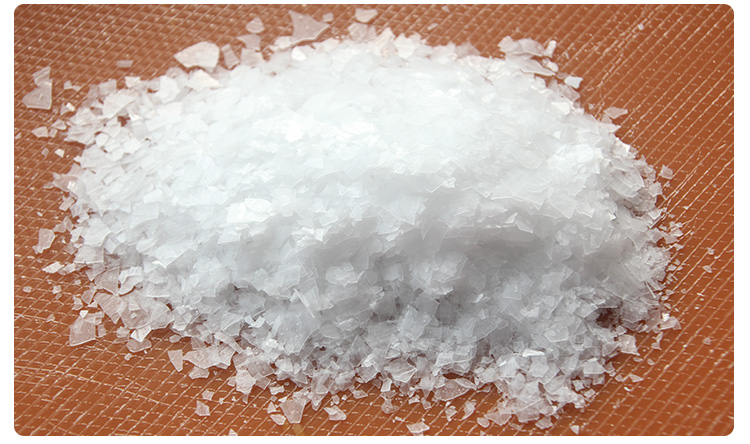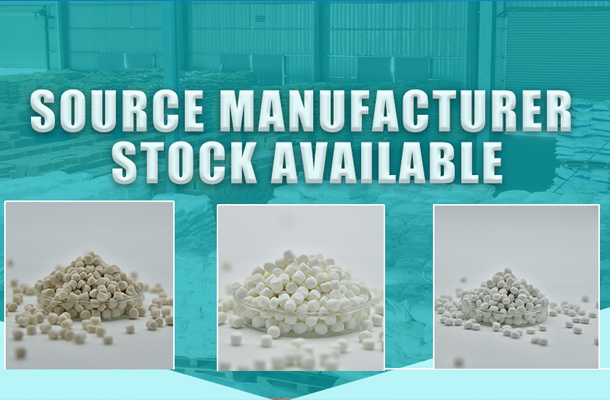Polyethylene Glycol 4000 (PEG 4000) is a versatile compound with a wide range of applications across various industries due to its unique properties, such as its solubility in water and organic solvents, non-toxicity, and ability to act as a lubricant and moisturizer. Here are some of the primary uses of PEG 4000:
Pharmaceuticals:
- As a laxative to treat constipation, often formulated into oral solutions.
- As an excipient in tablets and capsules to improve consistency, binding, and solubility.
- In drug delivery systems, PEGylation (attaching PEG molecules to drugs) can enhance drug circulation time in the body and reduce immunogenicity.
- Used in topical formulations for its moisturizing and emollient properties.
Cosmetics and Personal Care:
- As a moisturizer and emollient in creams, lotions, and other skincare products.
- As a thickener and stabilizer in formulations, helping to maintain product consistency.
- In hair care products to improve manageability and reduce static.
Food Industry:
- In limited applications as a food additive, functioning as an emulsifier, stabilizer, or processing aid.
Laboratory and Research:
- As a component in buffer solutions for biochemical reactions and protein purification processes.
- Used in cryopreservation to protect cells and tissues from ice crystal damage during freezing.
- In DNA extraction procedures for precipitating nucleic acids.
Industrial Applications:
- As a lubricant and mold release agent in various manufacturing processes.
- In the production of adhesives, coatings, and inks, where it can improve flow properties.
- As a plasticizer in polymers and rubber compounds to enhance flexibility and processing.
Agriculture:
- As a surfactant in pesticide formulations to improve spreading and adherence on plant surfaces.
Veterinary Medicine:
- In certain veterinary products for its laxative effects and as a base for topical medications.
These applications demonstrate the broad utility of PEG 4000, which owes to its combination of biocompatibility, chemical inertness, and ability to modify the properties of other substances it interacts with.








